If you have a moth infestation, there are a few steps you can take to eliminate it and protect your clothes from damage. However, if you’re unsure how to proceed, calling in an experienced pest control company might be best.
Clothes moths are pests that attack wool, silk and other natural fibers. They have the potential to wreak havoc on furniture and carpets by feeding on these fibers.
Get Rid of Clothes You Don’t Wear
Decluttering is an essential step in decluttering. This could be done to make room for new items, or perhaps you’ve adopted a minimalist lifestyle and want to ensure your closet stays in top condition.
To maximize the effectiveness of your purging efforts, create three piles: items you are certain to discard; a maybe pile; and items you really want to keep. Doing this will help keep you organized and guarantee nothing gets left behind.
Maintaining a tidy closet will not only make you look and feel your best, but it makes shopping for essential items much simpler. The biggest challenge many people face when decluttering is parting with clothes they no longer enjoy or wear. Here are some tips to help make that transition easier:
Get Rid of Infested Areas
If you have a clothes moth infestation, it is essential to get rid of the infested items promptly. Clothes moth larvae can do extensive damage to fine clothing, rugs, tapestries and other natural fabrics if left unchecked.
To prevent future infestations, store garments in airtight containers that are securely closed. Alternatively, install pheromone-based traps in closets and rooms to detect odors.
Clothes moths can also enter your home through articles of clothing purchased at thrift stores or consignment shops. If these articles don’t get removed, they could quickly become infested with moths and start destroying your property.
To effectively treat clothes moths, hire an experienced pest control company to inspect your property and conduct a comprehensive program. They will treat your home to eliminate both adult clothes moths and their larvae, while providing tips for preventing their return.
Get Rid of Infested Fabrics
Clothes moths feed on keratin, a protein found in wool, cashmere, furs and feathers. They may also take pleasure in eating shed skin cells for food.
Maintain a clean wardrobe and prevent clothes moths from breeding by not leaving food or skin cells on fabrics. Avoid inviting these pests into your home – keeping things out of their habitat will only attract them!
If you discover your closet to be infested, the best course of action is to eliminate the affected fabrics immediately. Either take them to a dry cleaner or launder them in hot water at 120 degrees F for 30 minutes.
In severe cases, it’s advised to contact an exterminator for assistance. They can apply chemicals or sprays in order to eliminate the pests.
Eliminate fabrics affected by fabric pests with some effort and diligence. Start by checking for holes or damage on the fabric; this may indicate an infestation.
Get Rid of Infested Furniture
Bed bugs, roaches or other pests can make it difficult to get rid of without professional assistance. But with some basic tips and precautions you can eliminate the infestation and save your furniture.
Clothes moths, also referred to as webbing clothes moths and carpet moths, can cause extensive destruction to clothing, rugs, tapestries and other natural fabrics. That is why it is usually necessary to hire a clothing moth exterminator in order to completely eradicate them from your environment.
To protect your home from moths and other pests, store garments correctly. Air-tight garment bags and taped seams help keep moths away.
If you spot an infestation, act quickly and secure damaged items in a large plastic bag to suffocate the bugs. Next, move these infested items outside your home to prevent their spread.
Hydrogen peroxide and chlorine are often used to remove insect stains caused by these insects. Both chemicals contain oxidizing agents which break down blood stains on fabric, eliminating them completely from your furniture.
